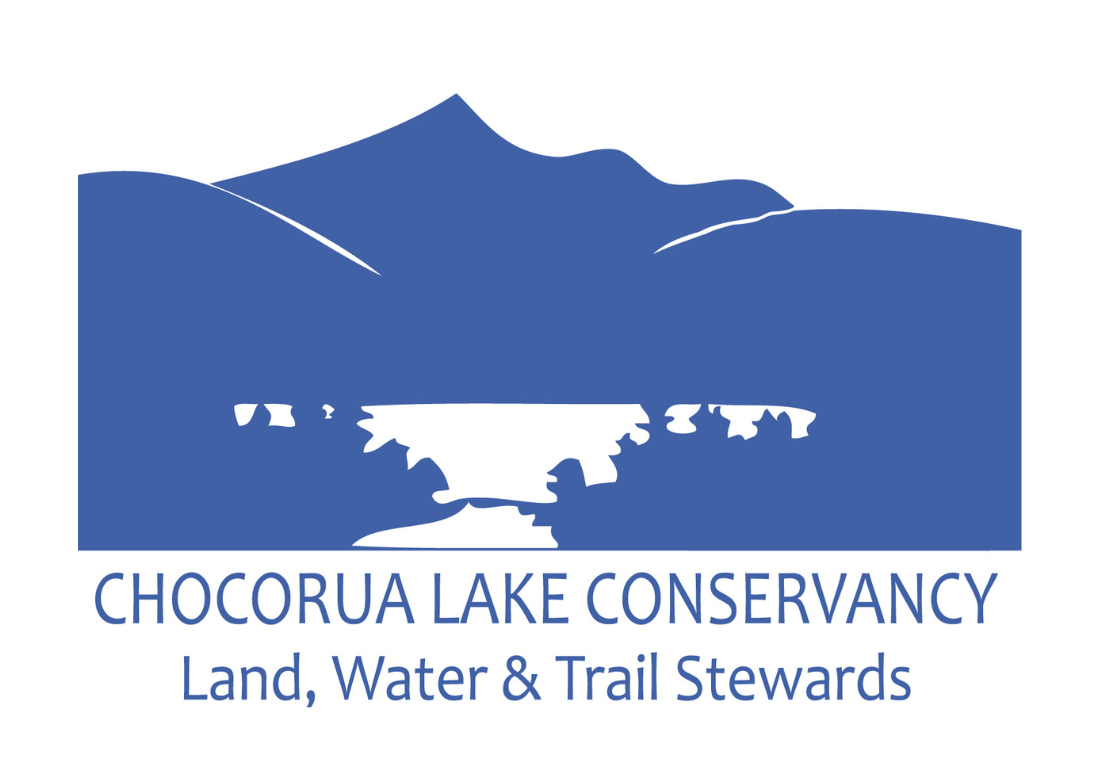As you know from our Fall newsletter, we continue to work through a variety of projects with NRCS funding. We hope you’ll stay posted on our progress and join in the fun!
This spring Forest Land Improvement (FLI) continues work delayed by last year’s wet fall, going back into the Clark Reserve to work on the wood roads used in last summer’s timber harvest. Our NRCS funding provides for trail maintenance including water bars and seeding with a “conservation mix” that reduces erosion and provides food for wildlife.
FLI will also conduct “scarification” on a portion of those areas that were cut last summer, to prepare the soil for white pine and oak seed germination after a good crop year. If you remember last fall, the pines and oaks (among many other trees!) were packed with cones and acorns that have since dropped to the forest floor. An early spring scarification benefits those dormant seeds and we will hopefully get a good crop of new saplings! This project was funded for 2019, but we are taking advantage of the good cone crop and moving forward ahead of schedule.
This spring and summer we have funding to improve brook trout habitat on the Scott Reserve north of the lake. Dick Fortin from Tin Mountain Conservation will be surveying trout in the brook, identifying the project area, and working with his crew to place trees in strategic spots to slow water and sedimentation. The trees act as mini dams, creating the deep pools and gravel deposits our native trout need for spawning and other habitats necessary to their survival. We’re excited to take part in this statewide effort with funding from NRCS and may be looking for volunteers to help with the surveys pre- and post-work. If you’d like to help, let us know.
Lastly, in the early fall of 2018 we will plant fruiting shrubs on two CLC properties. The Charlotte C. Browne Memorial Woods and Moose Meadows Preserve are being managed for field and open habitats for wildlife, and the shrubs we choose will provide yearly supplies of fruit for a variety of species while creating a mosaic of vegetation types on the landscape.
NRCS funding pays for the shrubs and mulch, but we will need “all hands on deck” for putting them in the ground! Keep an eye on our website and Facebook page for more information about timing and sign-up through our online volunteer form at www.chocorualakeconservancy.org/joinsupport/volunteer.
Happy summer, everyone!
Lynne Flaccus, CLC Stewardship Director
To learn more about NRCS and NH’s NRCS Environmental Quality Incentives Program (EQIP) that provides cost share to landowners for land stewardship, go to: http://bit.ly/2A2dVMs
Banner: A branch of sunlight-dappled moose maple frames the work of trout habitat planning in the Scott Reserve. Photo: Lynne Flaccus

